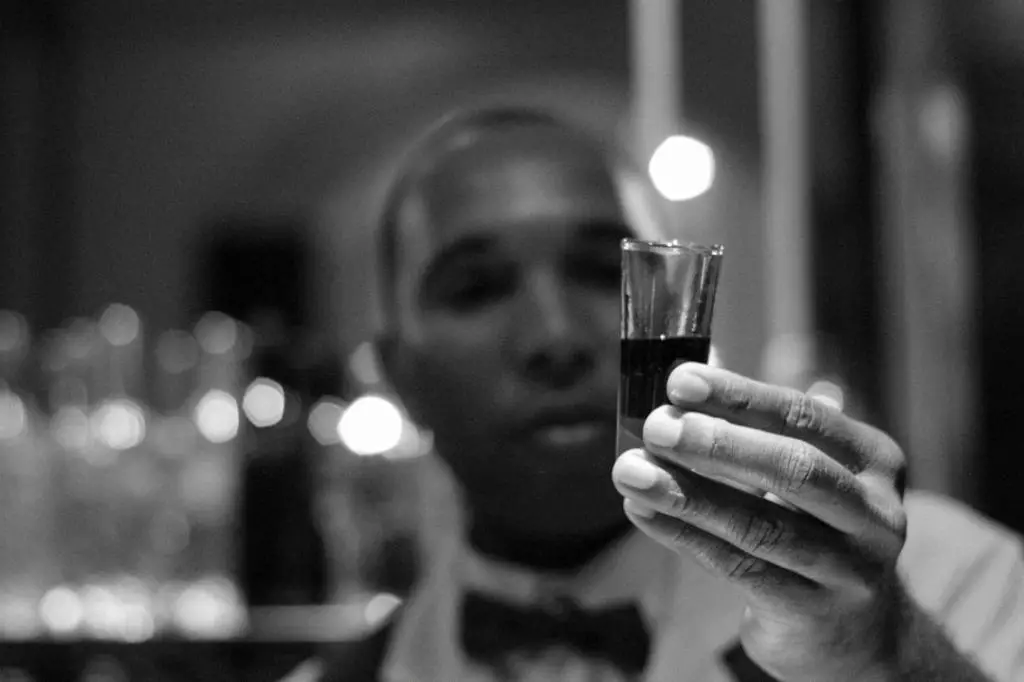When it comes to beloved chocolate brands, Godiva has long held a prestigious place in the hearts and palates of chocolate enthusiasts worldwide. However, recent news of Godiva’s discontinuation has left many wondering why such an iconic brand would meet such a fate. In order to shed light on this matter, let us delve into the reasons behind Godiva’s decision to discontinue their operations.
A Shift in Shopping Behavior
The evolving landscape of consumer behavior has had a profound impact on numerous industries, including the chocolate market. Godiva explicitly highlighted that changes in consumers’ shopping behavior, specifically driven by the COVID-19 pandemic, played a significant role in their decision to discontinue operations. The pandemic brought about a decrease in foot traffic, disrupting traditional shopping patterns and pushing consumers towards online purchasing.
The Impact of the Pandemic
Undoubtedly, the COVID-19 pandemic has left an indelible mark on businesses across various sectors. The confectionery industry was no exception, as lockdown measures, travel restrictions, and economic uncertainties affected consumer spending and preferences. Godiva, like many other retailers, faced the challenging task of adapting to these rapidly changing circumstances.
Decline in Foot Traffic
Physical stores have long been the heart and soul of the retail industry, providing customers with a tactile and immersive shopping experience. However, with the pandemic-induced restrictions, foot traffic declined significantly, impacting the profitability of brick-and-mortar stores. Godiva, relying heavily on their physical storefronts, faced the harsh reality of reduced foot traffic, making it increasingly difficult to sustain operations in a cost-effective manner.
Shifting Consumer Preferences
Another important aspect to consider is the evolving tastes and preferences of consumers. Godiva, renowned for its luxurious and indulgent chocolates, faced a shifting market where health-conscious and ethically sourced products gained popularity. As consumers became more conscious of their dietary choices, the demand for alternative options such as organic, dairy-free, and vegan chocolates increased, posing a challenge for a brand grounded in traditional flavors and ingredients.
Rise of Competitors
The landscape of the chocolate industry has become increasingly crowded, with new and innovative brands entering the market. As competition intensified, Godiva faced the pressure to differentiate itself and stand out among a sea of options. While Godiva undeniably possesses a rich heritage and loyal customer base, the brand struggled to maintain its position amidst both established competitors and emerging artisanal chocolatiers.
Operational Costs and Profitability
Running a successful business involves navigating the complex web of operational costs and ensuring sustainable profitability. Godiva, with its extensive network of boutiques and stores, faced the challenge of operating and maintaining these physical spaces amidst declining foot traffic. High rents, employee wages, and other associated overheads contributed to the financial strain that eventually led to the decision of discontinuation.
The Rise of E-Commerce
The advent of the internet and the subsequent growth of e-commerce have revolutionized the way consumers shop. With the convenience of online platforms, customers now have greater access to a wide range of competitive options at the click of a button. Unfortunately, Godiva’s transition to the digital realm may not have been as seamless as anticipated, facing fierce competition from both established online retailers and emerging direct-to-consumer chocolate brands.
A Need for Strategic Decision-Making
In light of these challenges, Godiva found itself at a crossroads, requiring strategic decision-making to ensure a sustainable future. Discontinuation may have been a difficult but necessary choice to address the evolving market dynamics, reallocate resources, and focus on potential areas of growth or innovation.
Focus on Global Expansion
While Godiva’s discontinuation is undoubtedly bittersweet for its loyal customers and fans, the brand’s decision to exit physical retail locations signals a shift towards global expansion through alternative channels. By streamlining operations and embracing a digital-first approach, Godiva can potentially reach even wider audiences and cater to the changing needs of the modern consumer.
The Legacy of Godiva
Let us not forget the significant impact that Godiva has had on the chocolate industry and the hearts of chocolate enthusiasts worldwide. Over the years, Godiva has brought joy and indulgence to countless individuals, leaving an indelible mark on the world of premium chocolates.
The Future of Godiva
While Godiva may no longer grace shopping malls and city streets, its legacy lives on, and its products will continue to be available through alternative channels. The brand’s decision to discontinue their physical operations is a testament to the changing tides of consumer behavior and the need for adaptation in an increasingly competitive market.

In Conclusion
In the end, Godiva’s discontinuation stems from a confluence of factors, including changing shopping behavior, the impact of the pandemic, shifting consumer preferences, rising competition, operational costs, and the rise of e-commerce. It is a poignant reminder that even beloved and iconic brands must evolve to survive in an ever-changing business landscape.
